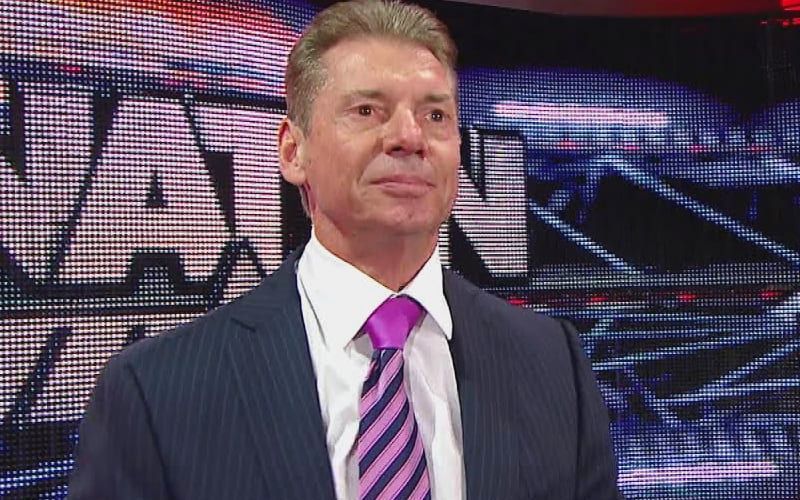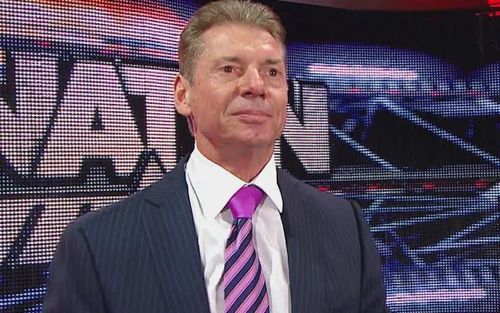
What does WWE's new strategy mean for upcoming superstars?

When WWE first released a group of superstars in April 2020, no one could foresee what was to come in the next year and a half.
Since that fateful day in April, until November of this year, WWE has released more than 120 superstars. Among the biggest names include the likes of Bray Wyatt and Braun Strowman (who now go by different names). Rising stars like Keith Lee, Karrion Kross, Aleister Black, Rusev, Buddy Murphy and Peyton Royce also feature in this list of superstars who no longer happen to be with the company.
The official reason from the company has been that the release of these superstars has to do with budget cuts. While there has been a lot of hue and cry about the company releasing superstars at a time when they are making a lot of money, it would be worthwhile to look at the numbers in detail.
Financials have continuously improved
For the year ending 2020, a year ravaged by Covid and the absence of live events, the WWE ended with a revenue of $974.2 million, which was a 1% increase over 2019.
Further, the Adjusted OIBDA figure in 2020 stood at $286.2 million, which was a 59% increase over the last year. For the two quarters of 2021, WWE’s revenue, stands at $529.1 million. Clearly 2021 is on course to doing better than 2020, with revenue expected to cross the billion mark this year. The Peacock Deal, the Saudi show resuming and fans also starting to return to the arenas, has clearly worked out well for the company.
As we move from the topline to the company’s bottomline figures, it gets even better. In 2018, the company made a net income of $100 million. This figure went down to $77 million in 2019. But for the year closing 2020, WWE generated a net income of $132 million. This is a 71% increase over 2019, and a 32% increase over 2018. Furthermore, this is the highest profit ever in the history of the organization.
While the releases in 2020 perhaps made some sense, with the future looking uncertain, the 71 odd superstars released in 2021 seems baffling. Especially when the reason given is budget cuts. This effectively means that the WWE is looking at further increasing its profits. One plausible reason for the company wanting to drive higher profits is its desire to increase its valuation so that when buyers come looking, the shareholders get a pretty good deal.
To drive these higher profits, the WWE seems to have figured two decisive pathways. The first is to cut costs by letting go of superstars they don’t really see as valuable. The second is to create more content for Digital, and drive higher revenue there.
WWE wants to reduce costs by having a lean roster
WWE now wants a smaller roster. One that is performing regularly across different shows. The roster will be clearly demarcated as low, mid, upper card and part timers.
The upper card would be fixed, and these superstars would fight some part timers at some of the big events. The Crown Jewel matc between Roman Reigns and Brock Lesnar is one such example. The Summer Slam bout between Roman Reigns and John Cena is another.
Some of the less prominent Pay-Per-Views would feature an upper card superstars fighting someone from the mid-card. Like the Reigns versus Cesaro some time back, for instance.
Create more digital content for Peacock and other platforms
With the Peacock deal, WWE makes its intentions clear about developing digital content. NXT 2.0 is a perfect example of this. Previously, NXT was meant to be a touring brand and hence the likes of Adam Cole, Tomasso Ciampa and Johnny Gargano were signed. That no longer seems to be the case. NXT is once again a developmental brand creating talent for the future and creating content for Digital. Compared to Tomasso Ciampa, Bron Breakker will create similar content at a fraction of the price.
Coming back to the WWE, it looks like there will now be two broad segments of superstars in the company. One being those who ply their trade on Raw or Smackdown and are crucial for house shows, tours and Pay-Per-Views. And the second being the upcoming talent on NXT 2.0 who are crucial from the point of view of Digital content creation.
The first set will now be utilized more efficiently given superstars are fewer in number. While the second kind of superstars will do the job at a lower cost. This works out well for the organization.
What does this mean for upcoming superstars?
This change in approach, or the creation of a new model by the WWE, does not bode well for upcoming professional superstars. Firstly, getting into the WWE got more difficult now.
With the WWE development system mandating new age regulations for male and female superstars, it is a now a case of getting in early. So, if you are a female superstar above the age of 25, chances are you would not make it to the WWE.
Which thereafter brings me to my second point. Any superstar who has been on the Independent scene for a while and has been doing well, for them, the WWE dream may no longer be fulfilled. One because this superstar would not fit in with the age requirements, and secondly, the company wants to build its own talent and hence would not be interested in the performer.
Perhaps, All Elite Wresting is the best hope for such a superstar. Or others which include the likes of Impact Wrestling, NWA, MLW, GCW, and WLW to name a few.
Lastly, the opportunity to earn a steady living in wrestling will now take a hit. WWE is the leader in this market. Sooner or later, big players who want to stay on will need to start adopting this model to survive.
In that regard, ROH has already taken a hit and AEW might have to follow suit. AEW currently has a big roster that includes the likes of CM Punk, Bryan Danielson, Kenny Omega and the current champion, Adam Page. The company is not profitable right now and doesn’t look to be heading in that direction over the next year.
This means that as pressure mounts, they may have to go down the road laid out by the WWE. In other words, they will need to cut down costs and the easiest way to do that is by releasing superstars.
This would mean superstars going back to the Independent circuit, and while there are plenty of promoters there to incorporate these superstars, these promotions are not built in a way to provide a steady monthly paycheck.
Such companies have a different model altogether. Superstars are paid on an appearance basis mostly, and the lack of a steady monthly paycheck may just dissuade young people from entering the world of professional wrestling.
With the model that WWE is building, it will take some time before we see another Daniel Bryan i.e., the superstar who was big on the Independent scene and then broke into the WWE, rose up the ranks and delivered a memorable Wrestlemania moment. Such romantic moments might be hard to come by.
It looks like the WWE has arrived at the conclusion that romanticism does not equal money. And that, is unfortunate.